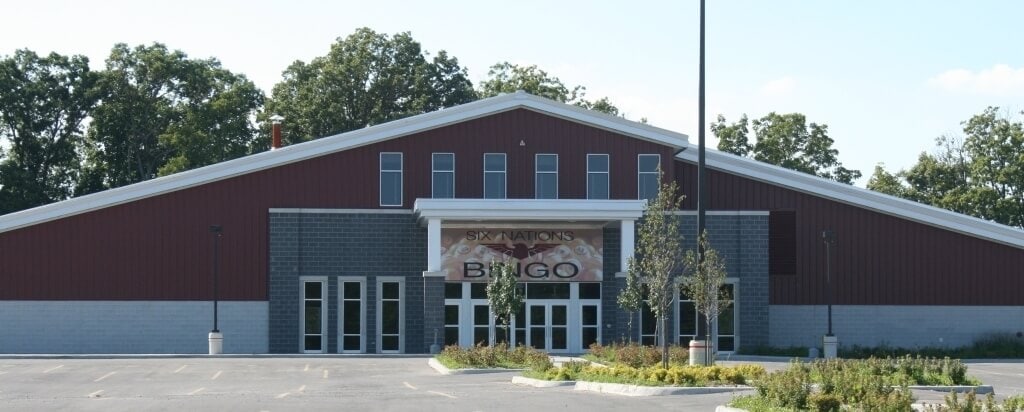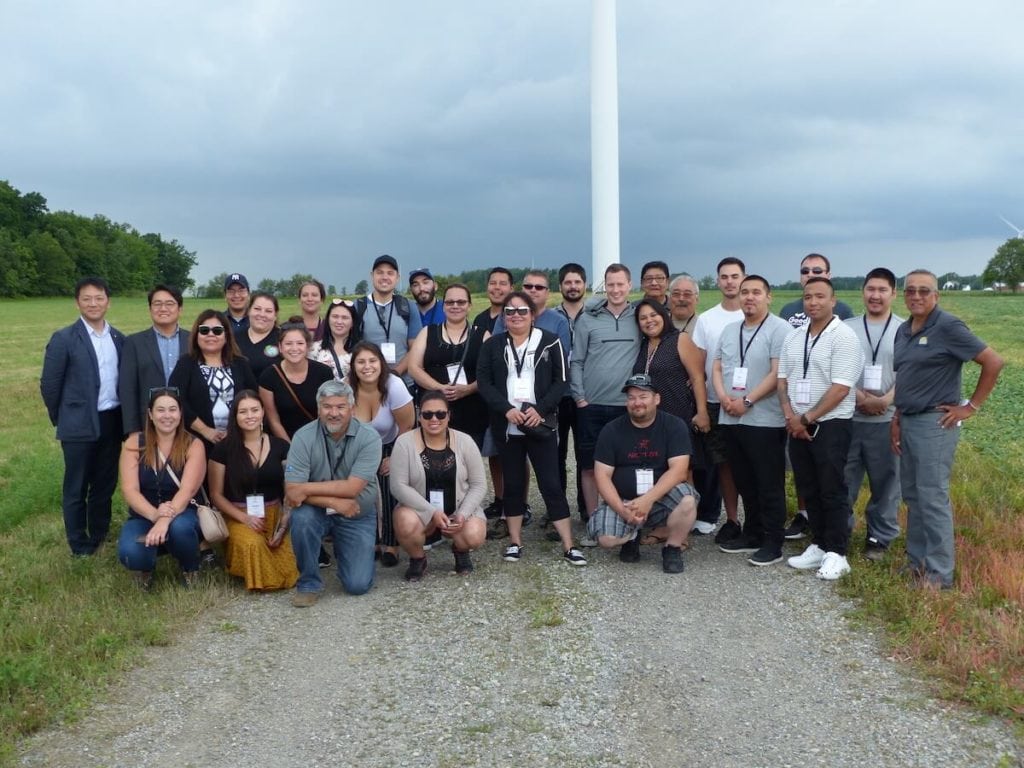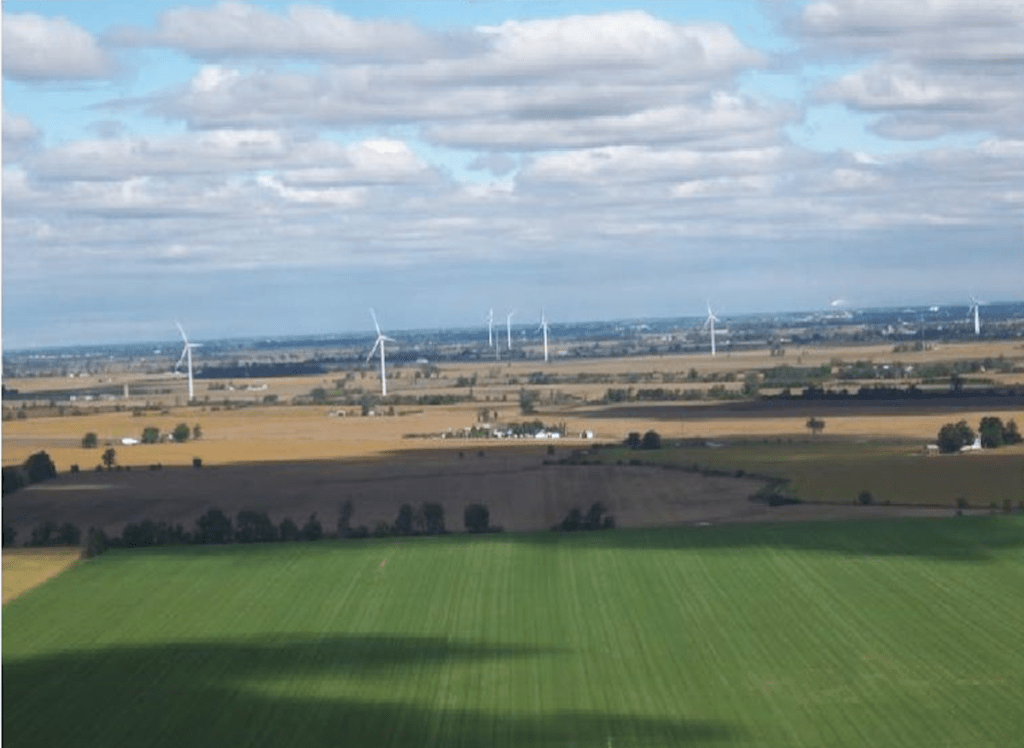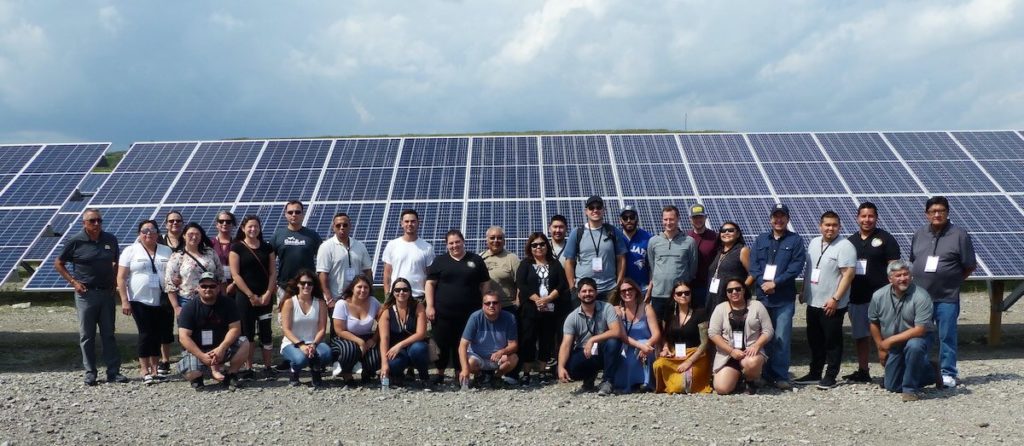
“We are proud of being leaders in development for other First Nations to emulate,” Darryl Hill said to me one frosty morning in December. “We’re the largest First Nation in Canada in terms of population, and the second largest in size. Many Indigenous people must leave their community for different needs and services. Here at Six Nations, we do not. We have what our members need, right here.”
Darryl is the Acting Director of Corporate Affairs at Six Nations of the Grand River Development Corporation (SNGRDC), and we were talking about some of the many things that make their community special.
History
The history of the Six Nations is as old as North America and made up of the Mohawk, Onondaga, Cayuga, Seneca, and Tuscarora Nations. Historically, the Six Nations were located in the Finger Lakes region in upper New York state, and are often referred to as Haudenosaunee — People of the Longhouse.
In recognition of Six Nations support of the British Crown during the American Revolution, the King of England proclaimed the 1784 Haldimand Treaty, granting Six Nations, “all the land six miles on each side of the Grand River, from its mouth to its source.” This original allocation compromised 950,000 acres.
We’re the largest reserve in terms of population, and the second largest in size. Many First Nations people have to go off their reserve for different needs and services. Here in Six Nations, we don’t. We have what our citizens need, right here.
Present day, the Six Nations reserve is 46,500 acres (190 km2), which makes up approximately five percent of the original 950,000 acre (3,800 km2) land grant.
The SNGRDC was established in May 2015 and is made up of three community boards: The Advisory Committee, Board of Directors, and the Economic Development Trust, with the mandate to “generate revenues outside of federal contributions for the collective benefit of all Six Nations Members. SNGRDC seeks out business opportunities and secures investment opportunities on behalf of our beneficiaries — the Six Nations community.”

This structure was developed after engaging in five months of community engagement in 2011 through a project entitled, Tewawennaró:roks – “We Gather Our Voices.”
In more practical terms, the SNGRDC says, “Six Nations of the Grand River Development Corporation manages the economic interests of the Six Nations community both on and off the reserve,” and when I asked Jessica Hunt, PR Specialist for SNGRDC what exactly that means, she was happy to provide me with the following:
“Six Nations of the Grand River Elected Council (SNEC) is the sole shareholder of SNGRDC. However, the SNEC role as a shareholder is very different from the role of a shareholder in a standard corporation. SNEC has assigned significant shareholder responsibility to the Advisory Committee. These duties include the power to decide how retained earnings will be utilized for reinvestment in new projects and how much will be directed to fund community needs and priorities. Although there is a direct relationship with SNEC, SNGRDC’s governance model was specifically designed to be apolitical in nature in order to best serve our beneficiaries — the Six Nations community.”

Darryl said, “We have different initiatives we’ve been developing over the years and we segment these initiatives into three categories: Nation Enterprise (on reserve), Economic Interests(off reserve) and Joint Partnerships.”
VC

In addition to their development efforts, SNGRDC also manages a diverse number of community assets in their portfolio. For example, for the history minded or religious, “Her Majesty’s Royal Chapel of the Mohawk,” (usually known as Mohawk Chapel) was built in 1785 on Six Nations land and is the oldest surviving church in Canada today.
There is also Six Nations Bingo which, during normal times, can host several hundred people over three sessions per day. Though the operations are currently closed due to Covid, they have made donations to the local food bank.

On the larger scale of things, SNGRDC is also invested in renewable energy with ownership stakes in multiple wind and solar projects, one of which is, “Grand Renewable Wind,” a partnership between SNGRDC, Pattern Energy, and Samsung Renewable Energy, Inc.
The Grand Renewable Wind LP project is a 149 MW wind farm consisting of 67 wind turbines, located on privately held land in South Cayuga, Ontario. The project became operational in December 2014 with SNGRDC being a 10 percent owner. (For more information about the project visit click here)
Tourism and outdoor activities also play a big part in Six Nations. Chiefswood Park has cabins for rent and offers visitors, “the freedom to create your own experience,” through an offering of guided cultural tours on land and water. Visitors can learn about Haudenosaunee culture at their own pace. There are fifteen cabins, a large outdoor venue, forested areas as well as canoes and kayaks.
Like any other community, Six Nations is made up of the people that call it home. There are 25,660 registered members of Six Nations and approximately 12,000 people living on-reserve.
“The kids love playing lacrosse here,” said Darryl, “and of course there’s a lot of snowmobiling, hunting, and crafting. Really, we’re a community that is proud of our culture and heritage. We are important to Canada, and we truly believe our employees are our greatest asset. They are a hard-working team that regularly go above and beyond to do what it takes to get the job done. In addition, many of our department heads have reported they are regularly surprised and ‘moved’ by the commitment our team has made to embrace our ‘All for One and One for All’ mantra.”